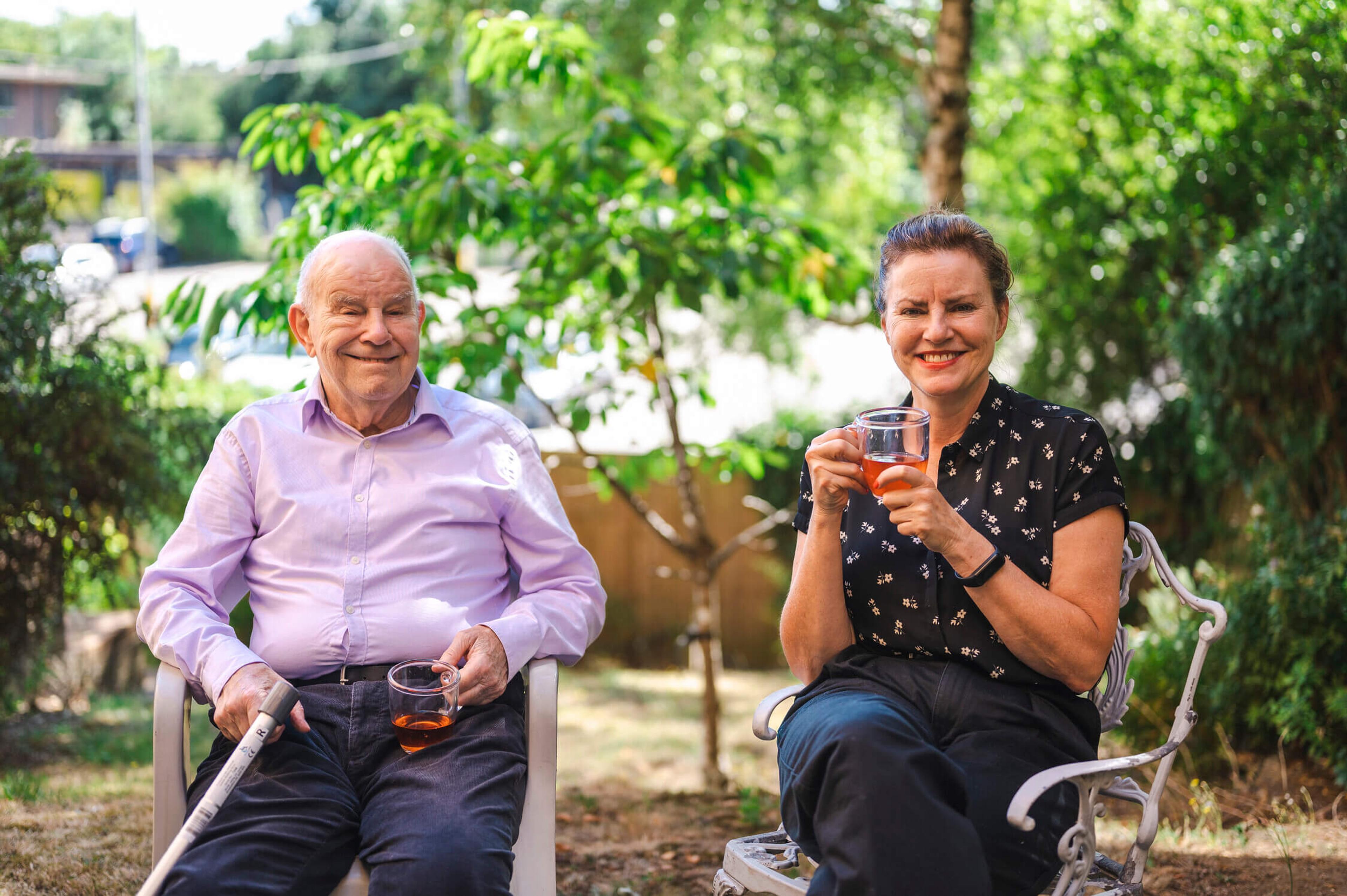Care choices – Elder factsheet
2-minute read | 30/04/2024

Editorial Contributor

We understand that starting your care journey can sometimes feel overwhelming, especially if you’re completely new to the world of care.
We surveyed 1000 people to capture how and when they’re exploring their care options, and shared some key statistics on why care at home is becoming a popular choice for many.
How and when are people looking for care?
of respondents had arranged care before, meaning many were completely new to the process
of those who had arranged care relied on online searches (e.g Google) to find their care provider
didn’t explore their care options until a few weeks before it was needed.
Source – Elder Awareness Report 2024
Attitudes and situations
Every family is different. The event that pushes them to seek professional help can be influenced by many different factors. Here’s what our respondents said about their own situation and concerns.
of respondents who had arranged professional care, had provided some level of informal care to their loved one first
of those between 45-54 years old were worried about balancing caring for their loved one with their work and other relationships
of those between 55-65 years old were worried about being able to provide the right quality and level of care their loved one needed
of all respondents were worried about carrying out intimate tasks (e.g washing, toileting) that may feel uncomfortable
Source – Elder Awareness Report 2024
What about older people themselves?
While caring for a loved one can be difficult to navigate, needing care yourself can be just as difficult to come to terms with. Needing your family to provide more and more daily help can bring with it a wide range of worries and complicated feelings.
of women worry about becoming a burden or taking up too much of their family’s time
of men worry about the cost and financial implications their loved ones may face while caring for them
of all respondents felt that having a family member support them with personal care would be uncomfortable or cross a line in their relationship
Source – Elder Awareness Report 2024
What types of care are people choosing and why?
There are a lot of care options to choose from, which can make getting things right for your loved one seem like an impossible task. We asked our respondents for their thoughts and feelings on different types of care. We also looked at the latest research from The Live In Care Hub on how live-in care shapes up compared to more well-known options.
were likely to consider, or very likely to consider daily care visits at home
were likely to consider or very likely to consider live-in care
were likely to consider, or very likely to consider moving their loved one into a residential care home
Source – Elder Awareness Report 2024
What do respondents think are the main attributes of live-in care??
- Reliable
- Tailored to the individual
- Consistent
Care facts
more likely to have a hip fracture in a care home compared to full-time live-in care
of care homes say it’s impossible or very unlikely that residents can leave the grounds unless a visitor takes them
of people receiving live-in care say it’s helped them have a better quality of life
Source – The Better at Home Report 2019 | Care Choice 2023